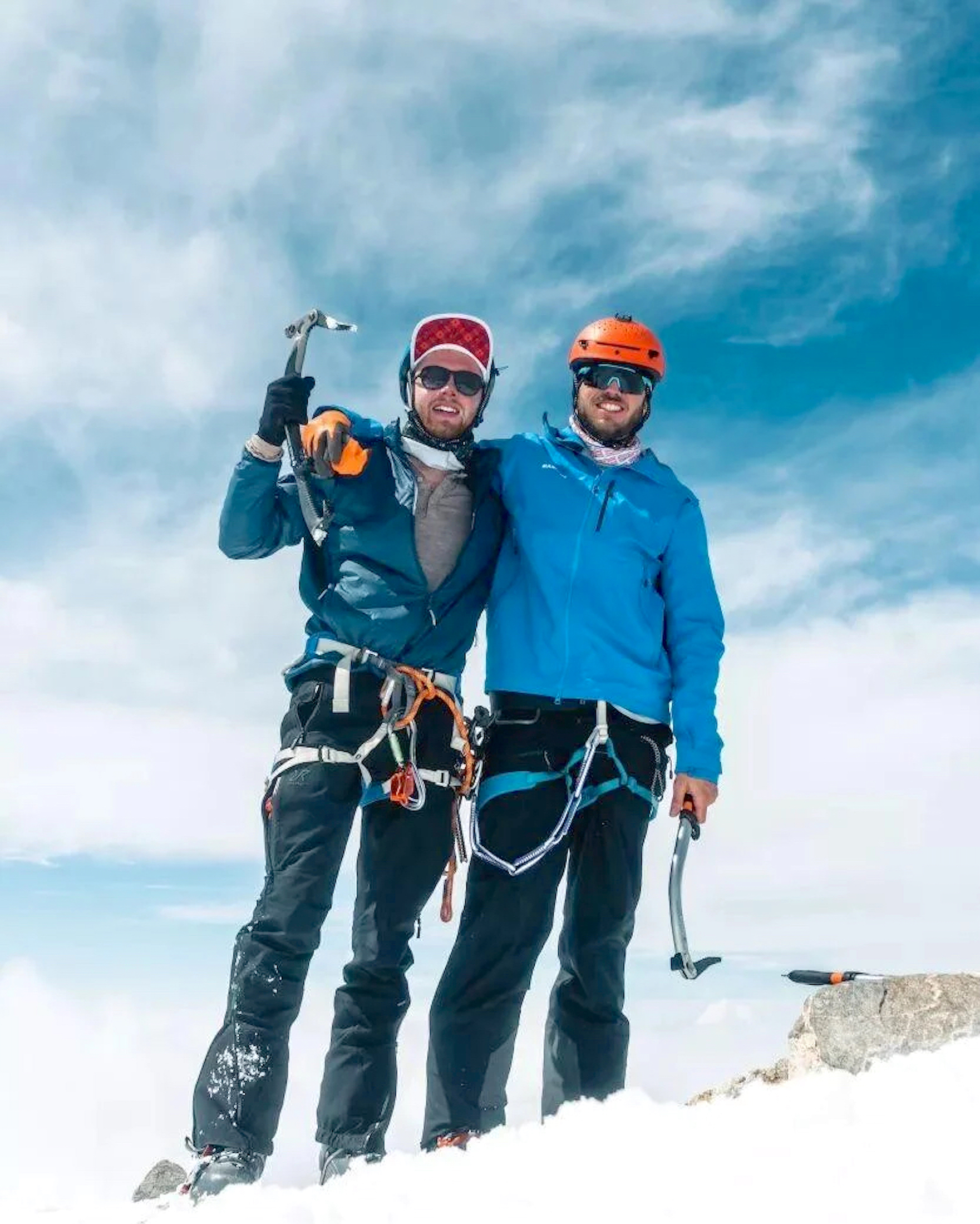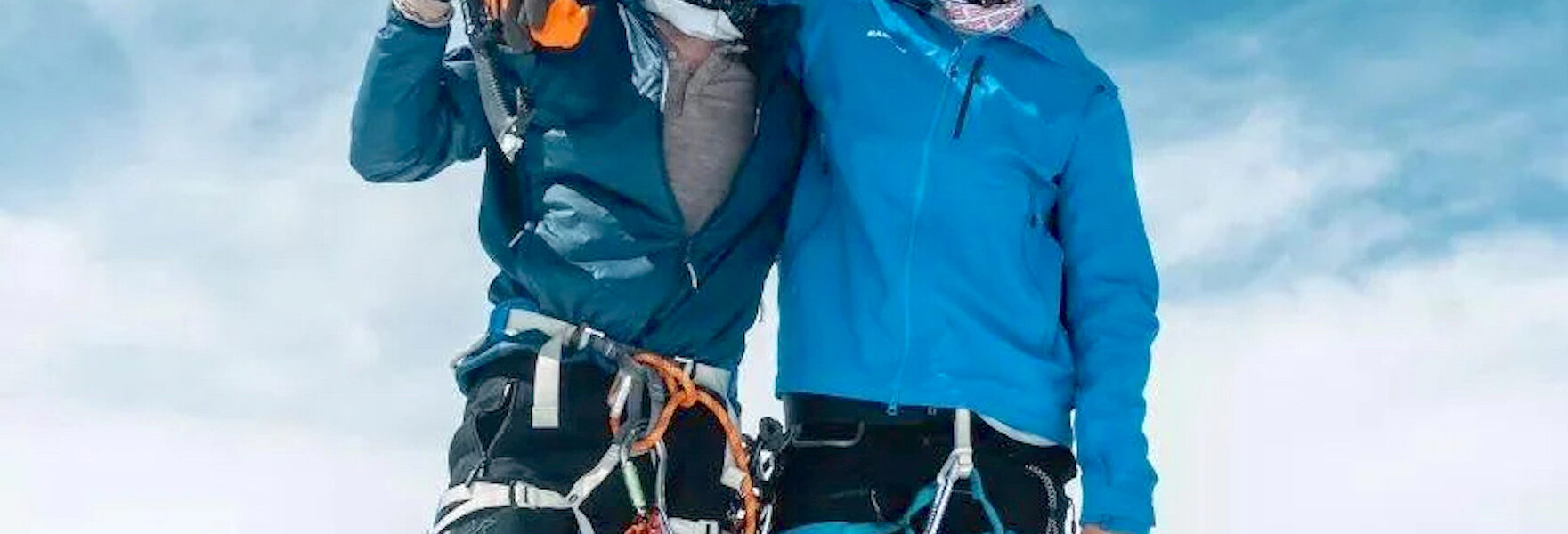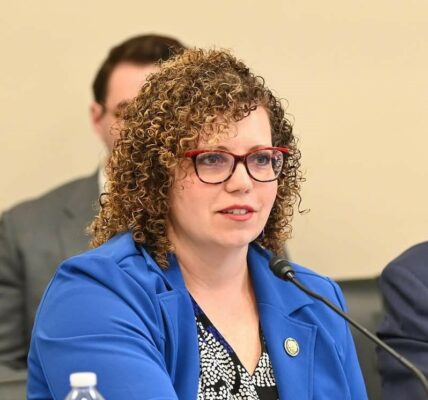EXPLORE Act boosts photography, risks impacts to Teton park’s visitors, athletes

• Photographers debate whether bill benefits or hinders public land management.
By Billy Arnold
Jackson Hole News&Guide
Via- Wyoming News Exchange
JACKSON — Legislation passed by Congress last week could limit the authority of the National Park Service to regulate commercial photography in national parks.
If signed into law, the bill would eliminate the power Grand Teton National Park officials attempted to use last summer to regulate a speed record attempt on the Grand Teton.
Commercial photographers who operate in the Tetons see the measure as a boon for their business. But they’re divided over whether that portion of the landmark lands package will benefit the park overall.
“Personally, I benefit and this makes my life easier,” said Elise Sterck, a Jackson-based photographer. “At the same time I wonder if that will make for a worse user experience for other park users in general.”
The EXPLORE Act is a public lands package intended to bolster long-distance biking, safeguard rock climbing in wilderness and generally improve access to outdoor recreation. It passed with unanimous support in the U.S. Senate and House of Representatives and now heads to President Joe Biden’s desk.
U.S. Sen. John Barrasso, a Wyoming Republican who recently ascended to the No. 2 leadership post in the Senate, was a key backer of the bill because it will require parks to improve cell coverage and allow hunters authorized to cull wildlife populations in parks to remove every part of a harvested animal from the landscape — namely their horns and hides — and not just their meat. But he also supported a key part of the bill, the Federal Interior Land Media (FILM) Act, that could upend how the National Park Service permits commercial photography.
“The FILM Act does away with this permitting scheme by requiring agencies to focus on actual impacts to park resources — not the type of content visitors create,” Barrasso said in a statement after the bill passed. “This is a win for the First Amendment and for commonsense management of our public lands.”
In a nutshell, the FILM Act would no longer require permitting for commercial crews smaller than six people.
Currently, the parks use permitting to schedule commercial photography and film shoots, hoping to keep commercial crews out of each other’s way — and from impacting everyday park users’ experiences.
Some photographers, such as Alex Rienzie, feel the existing system is arbitrary and can be unsafe. Rienzie documented Michelino Sunseri’s speed record attempt on the Grand Teton in September after being denied a permit. He later was investigated by Teton park. Last week he and a fellow photographer sued the Park Service, arguing that its permitting system was unconstitutional and violated First Amendment rights.
After they filed their lawsuit and the FILM Act passed, other athletes and photographers reached out to Rienzie with their own stories about permitting issues. Rienzie thinks the FILM Act will be a net positive for parks.
“We’ve heard people get, for instance, narrow weather windows approved that led [them] to go up on days that were subpar for avalanche reasons, putting them at risk,” Rienzie said. “At the end of the day, we’re talking about national parks, not wilderness areas. National parks exist for people to use.”
But Sterck, who shoots both weddings and athletes in the national park, thinks the FILM Act could have a negative impact on the general public, as well as photographers like herself and Rienzie.
She compared commercial permitting to Teton park’s system for backcountry camping. The park caps the number of people who can camp in high Alpine terrain and restricts camping to a few areas. If that didn’t exist, the Tetons could be overrun with people on holiday weekends, detracting from visitors’ experiences, Sterck said.
While Sterck recognized permitting can be onerous, such as when park managers give photographers only a few days to shoot an athlete’s ascent or descent, she also feels it has benefits. If, for example, there was no permitting system, multiple film crews could end up crowding a tight, dangerous slope or chute, stressing recreational skiers on the line or reducing the pros’ margins.
“The scheduling of having a permitting system is kind of nice,” Sterck said.
Without a permitting system, Sterck wonders if the parks will be overrun.
“There’s a lot of people on this planet, and parks are very busy. Who wouldn’t want to shoot or film in a beautiful national park, especially if it’s free?” she added. “More shoots and more productions will be happening. I’m curious to see how it unfolds. All we can do is speculate what the long-term effects will be.”
Grand Teton Chief of Staff Jeremy Barnum declined to comment because the EXPLORE Act is not yet law.
As it stands, parks, including Grand Teton, for the most part do not require everyday visitors or news photographers to have permits, even if the news institution is for-profit. But they do require permits for all commercial filming.
They also require permits for still photography if photographers are using models — people or objects that serve as the subject for photography “promoting the sale or use of a product or service.”
If Biden signs the EXPLORE package that includes the FILM Act, commercial photographers no longer will be required to obtain permits for filmmaking or still photography as long as they’re in a group smaller than six people, and the filming and photography is “merely incidental to, or documenting, an activity or event” that’s otherwise allowed in national parks. Photographers also will have to meet other requirements that generally focus on avoiding resource impacts and not impacting park visitors’ experiences.
Had the FILM Act passed before Labor Day, Rienzie and fellow photographer Connor Burkesmith likely would have been able to film pro runner Sunseri’s attempt at the speed record on the Grand Teton without legal trouble. They applied for permits and were denied, but documented Sunseri’s run anyway.
Teton park investigated Rienzie and Burkesmith but declined to press charges, saying the photographers’ action hadn’t met the bar for “commercial” still photography or filmmaking — even though Burkesmith’s photos were shared on The North Face’s Instagram, which has more than 5.4 million followers.
When Rienzie and Burkesmith sued the Park Service last week, they said they haven’t used any of the footage they shot during Sunseri’s run because they’re concerned about a future investigation from Teton park. The photographers have a commercial interest in producing a documentary about the speed record attempts on the Grand.
Bob Corn-Revere, chief counsel for the Foundation for Individual Rights and Expression, is representing Rienzie and Burkesmith, along with the National Press Photographers Association.
Corn-Revere said the plaintiffs don’t plan to drop the suit unless Biden signs the EXPLORE Act, with the FILM Act intact. If Biden does so, he thinks the photographers will be able to use the footage they shot of Sunseri.
“I would just say if anyone thinks they can retroactively apply a law that targets First Amendment rights, go ahead and make my day,” Corn-Revere said. “I don’t anticipate that’s going to be an issue.”





